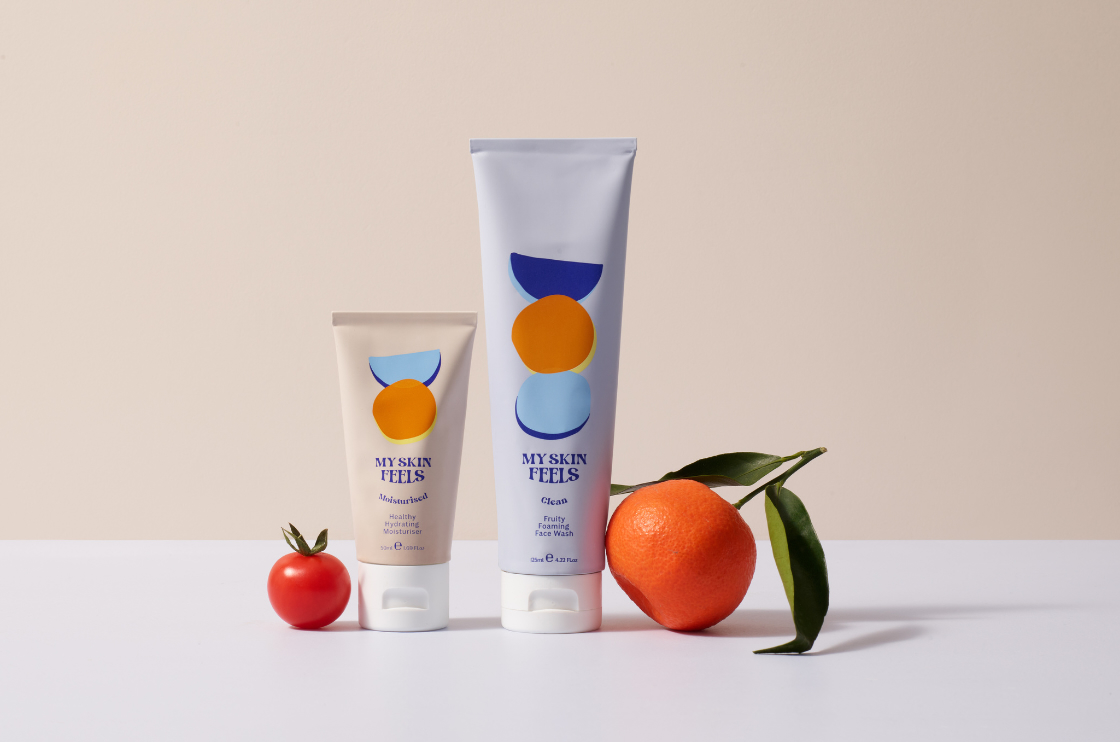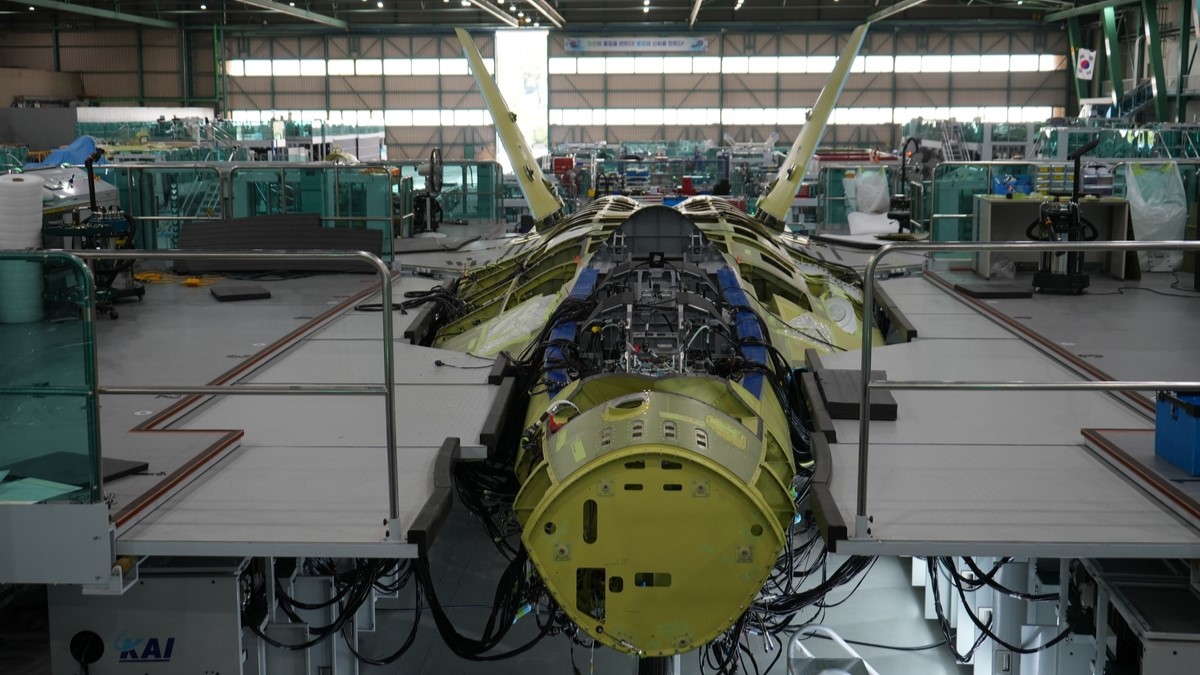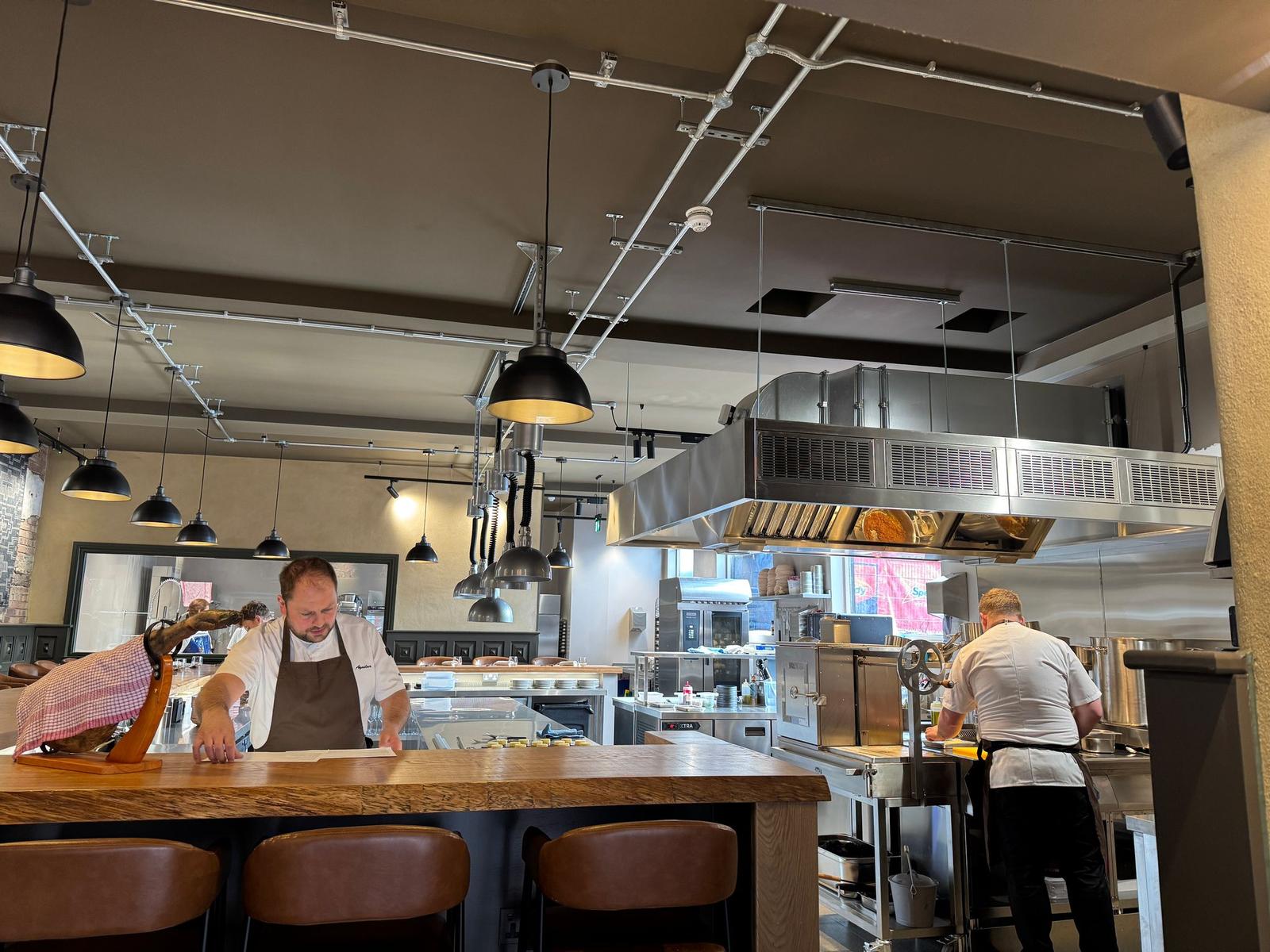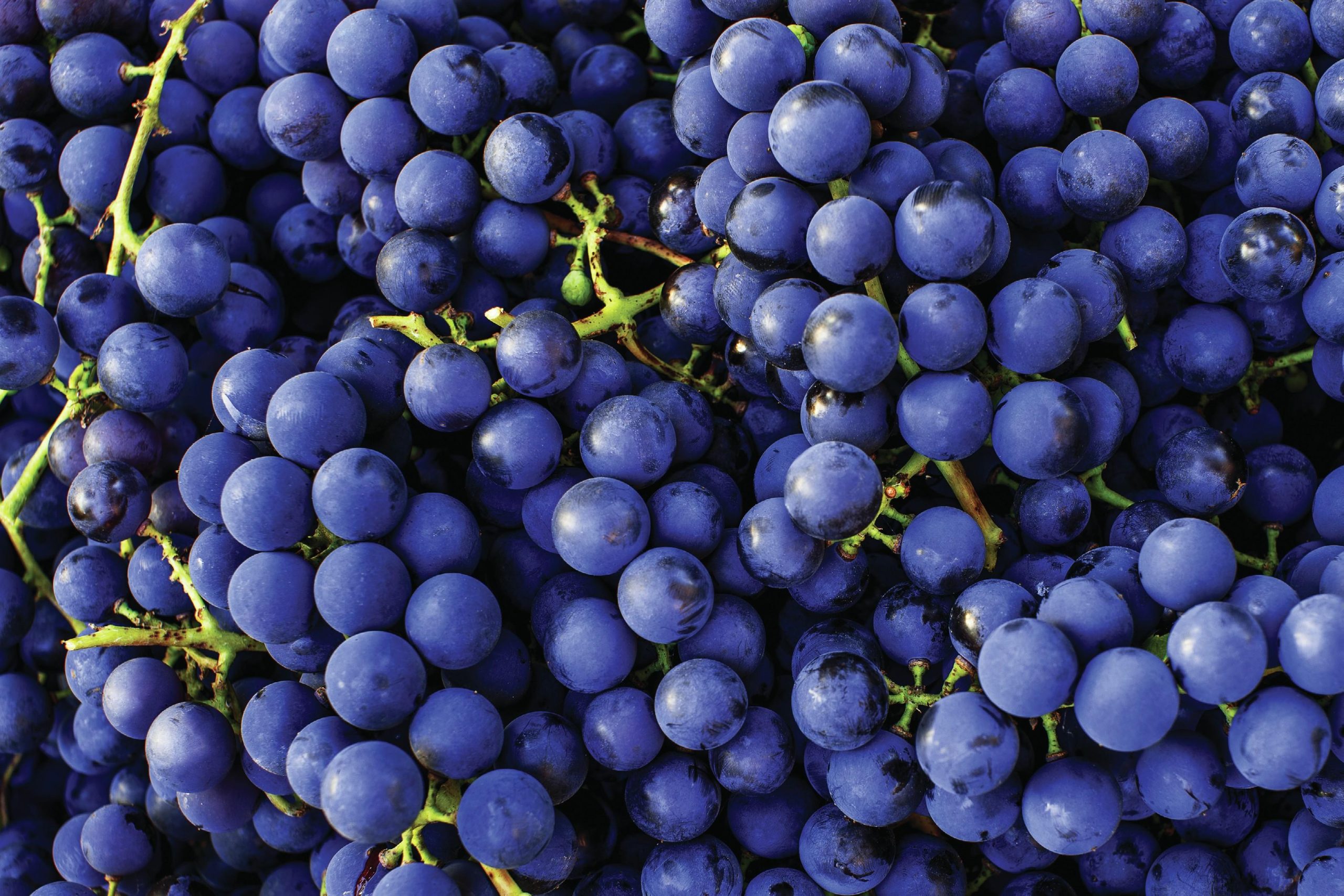From Hong Kong-made spirits to Indian rice wine and the rise of international bubbles, Eloise Feilden breaks down the hottest trends from this year's ProWine Hong Kong trade fair.
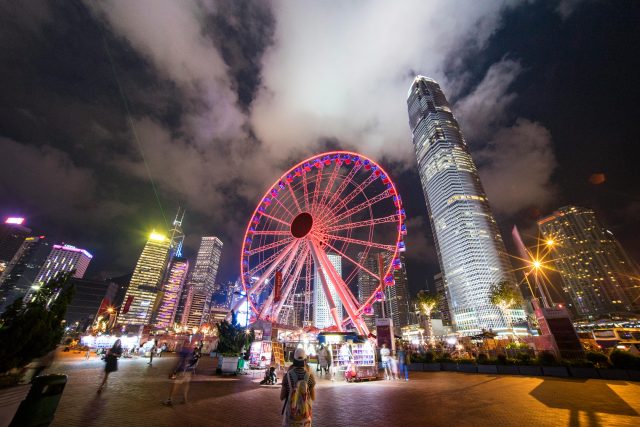
Looking local
For a region with such a long history of trading high-end wine and spirits, Hong Kong boasts only gin distilleries of its own: Two Moons Distillery and the Hong Kong Craft Distilling Co. Even so, the two local producers were keen to show what Hong Kong can offer the craft spirits world, though through quite different approaches.
Two Moons, Hong Kong's first gin distillery which launched in 2019, is focused on producing sipping gins and currently boasts three flavours — its Signature Dry Gin, a citrus-forward Calamansi Gin and a herbal tea shop-inspired Five Flowers Tea Gin.
The distillery's aim is to celebrate Hong Kong through its use of local flavours, and co-founder Ivan Chang is careful about picking just the right ingredients to reflect the best of both the city and the brand. He explained that on the search for a fourth flavour, the team considered a bubble tea-inspired gin, but ultimately decided it didn't fit with the distillery's image. Still on the hunt for a fourth expression, Chang said he remains confident that "somehow the path will fall into place".
For the Hong Kong Craft Distilling Co, experimenting with flavour is at the heart of the brand. Nic Law, the company's co-founder, explained that, much like with Two Moons, all the flavours are inspired by Hong Kong. The difference is therefore in the execution; the Hong Kong Craft Distilling Co is more focused on mixology, providing the on-trade with cocktail kegs and experimenting with aged gins.
Law said the fun is in being able to play around with the gins, experimenting with Hong Kong flavours — everything from soy sauce to a variety of vinegars — to "make something from the city, like us".
Talking cultural traditions
It wasn't just Hong Kong-based businesses celebrating their roots at this year's ProWine Hong Kong. Dr Dipankar Laboratories is an Assam-based company producing Indian rice wine.
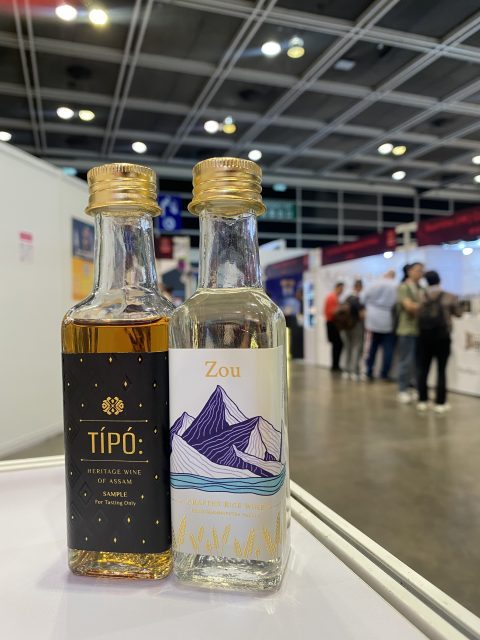
Founded in 2021, the company is yet to release any of its products to market, but is preparing to debut its rice wine, Apong, inspired by the traditional drink of the Mising people. Traditionally made with 108 local herbs and spices, the team behind the new brand are combining 25 herbs in their products, with the aim of bringing this local tradition to the world.
Chinese drinking trends: is red really dead?
According to the
ProWine International Business Report, launched on the first day of the fair, red wine is likely to continue declining in the Chinese market, reflecting a wider trend which is being felt all around the world.
"The second wave of wine in China is less about red wines, which had driven the first wave 10 or 20 years ago," said Professor Simone Loose, head of the Institute of Wine and Beverage Business Research at the Hochschule Geisenheim University in Germany, who led the study.
Indeed, the dominance of red wine in China is coming to an end, as affirmed by a panel discussion hosted by by ProWine Asia marketing and communications director Renee Zhao.
Xing Wei MW, one of China's three Masters of Wine who has one of the panelists, said that when looking at drinking trends in China, everything is about "new consumer occasions, new consumers, new products". The reason? "Because the old is dead".
Is white wine the right wine?
If red wine is out, then what is it being replaced by? Well, lighter styles and still and sparkling white wines are taking a larger chunk of the market share.
The panel discussion highlighted the potential of white wine in the Chinese market as producers tap into a growing number of new consumers.
"In the past, as we all know, China is a market that has traditionally favoured red wine," said Vino Joy founder Natalie Wang. "I think a big driver of the growth and the confidence is, one, the comeback of Australian wines, and also the rise of sparkling wines and white wines, driven by a real growth of the consumer base," she said.
Wang explained that while white wine now represents just 10% of consumption in Mainland China, this is in fact a "significant increase compared with a few years ago", and is likely to continue increasing.
Sparkling wine for everyday
According to the ProWine International Business Report, 41% of producers and 34% of trade professionals expect imported sparkling wines to grow in China in the years to 2027.
As this new generation of Chinese consumers enter the market, their approach to drinking is evolving.
"the experts are seeing chances for everything that is sparkling, light, aromatic [and] easy to drink," said Dr Loose. This also means that sparkling wines, which have in the past been considered wines for special occasions, are becoming part of everyday consumption habits.
Wang said of the changing trend: "I think that's really driven by the new generations coming into the market [and] drinking wine, and drinking wine not just for special occasions, but for average daily consumption."
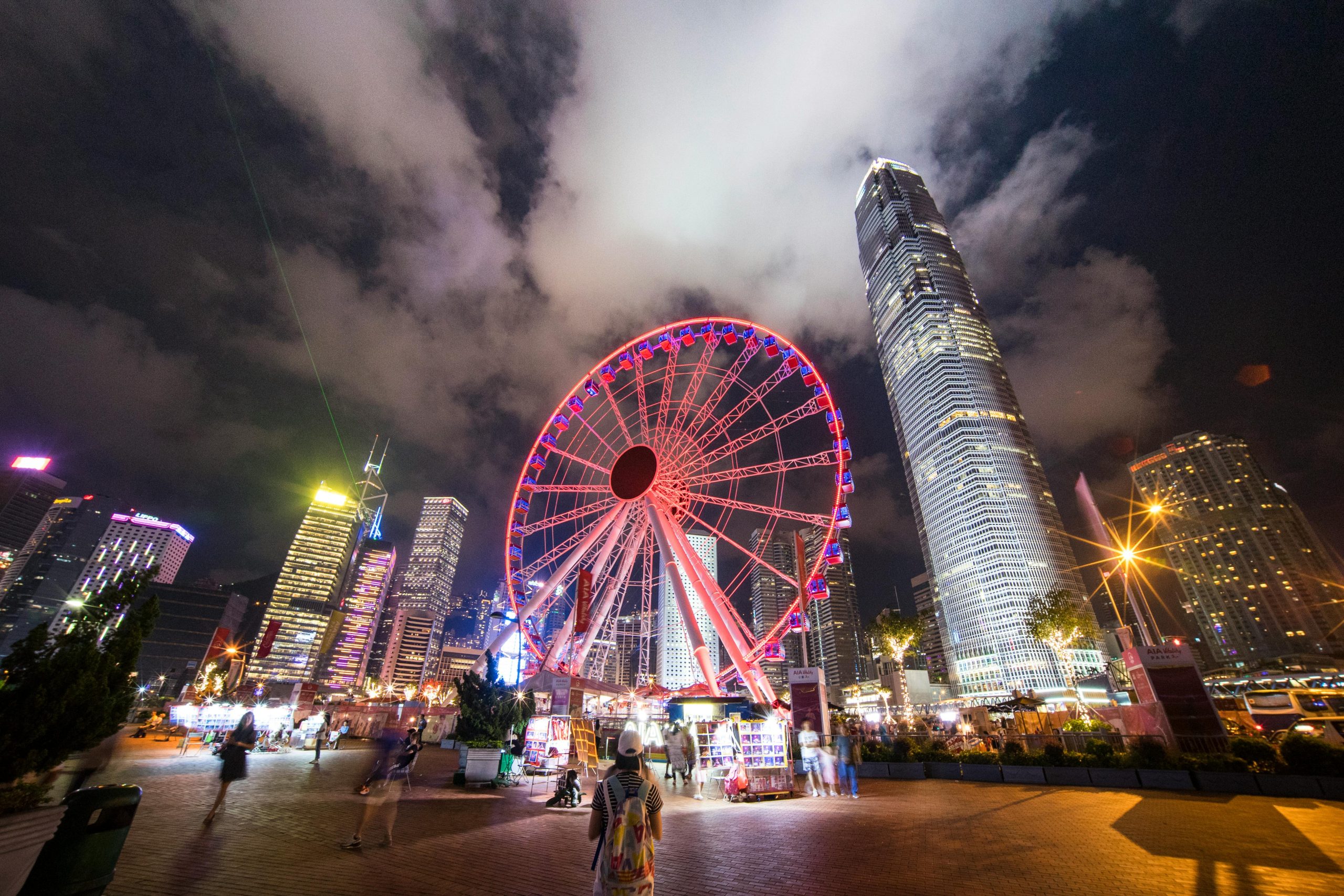

 Founded in 2021, the company is yet to release any of its products to market, but is preparing to debut its rice wine, Apong, inspired by the traditional drink of the Mising people. Traditionally made with 108 local herbs and spices, the team behind the new brand are combining 25 herbs in their products, with the aim of bringing this local tradition to the world.
Founded in 2021, the company is yet to release any of its products to market, but is preparing to debut its rice wine, Apong, inspired by the traditional drink of the Mising people. Traditionally made with 108 local herbs and spices, the team behind the new brand are combining 25 herbs in their products, with the aim of bringing this local tradition to the world.














































